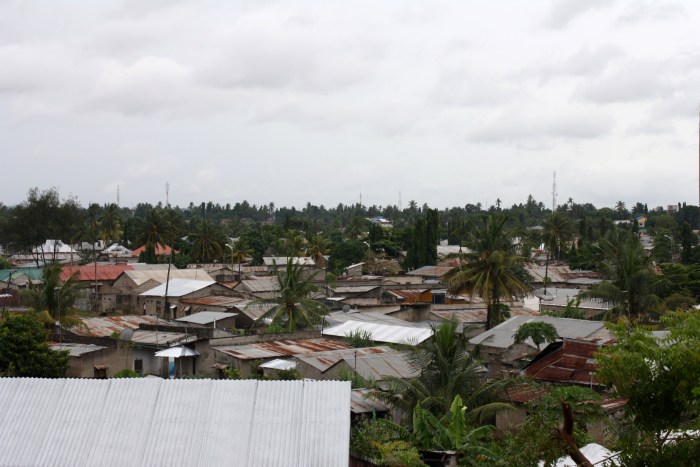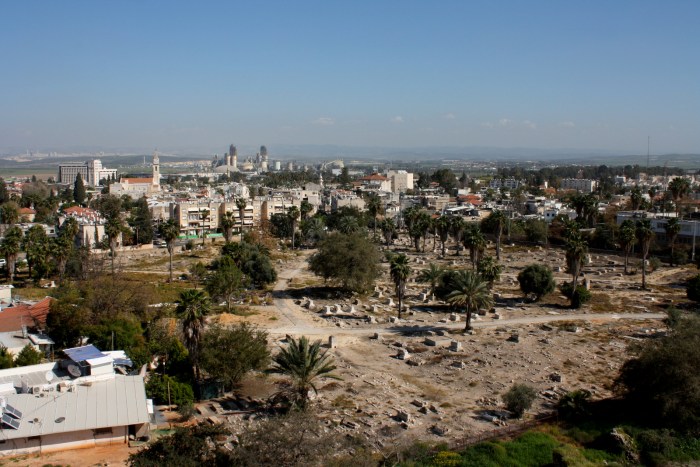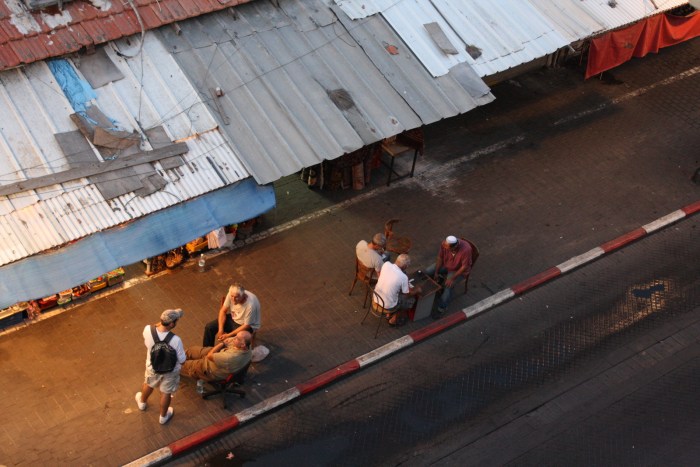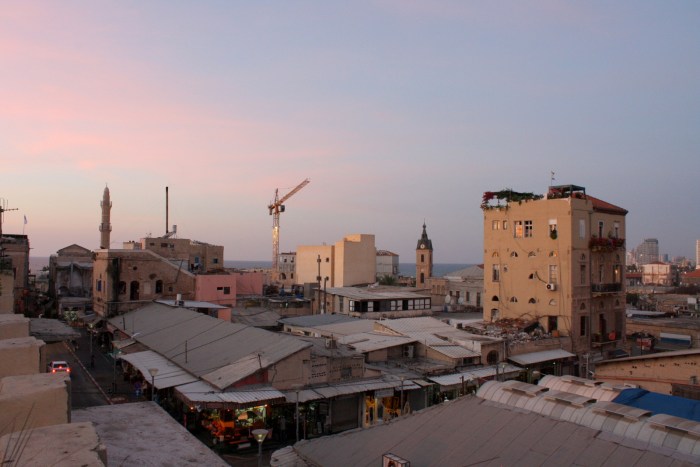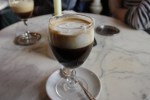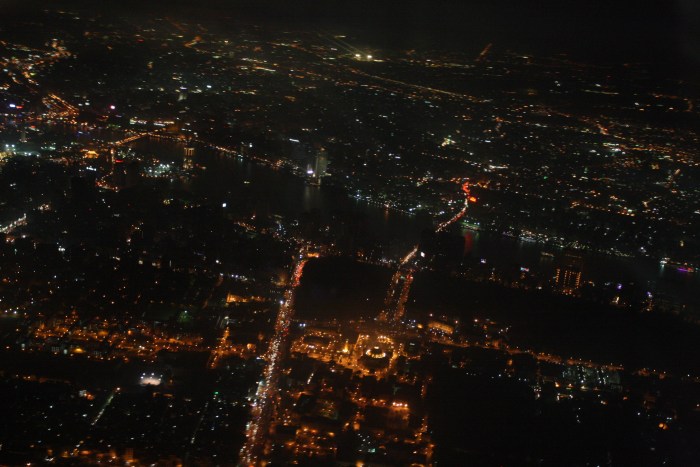Tag: travel
Midnight in Porto
Dar es Salaam: the “informal” city
I recently had the immense privilege of visiting East Africa for the first time. It was a trip to Dar es Salaam, Tanzania, for two weeks as part of my MSc program to work with local community groups in a collaborative research process.
 With a population of about 5 million, Dar es Salaam is the largest city and commercial center of Tanzania. As a port city it holds special historical significance in the development of East Africa, not least because it was used by colonizers to extract resources from the continent. Under German and then British control before becoming independent, remnants from each era are visible throughout the city. There is also a large Indian influence, and many Indian families have lived in Dar es Salaam for over a century. One of my favorite moments was squishing into the back of a tiny precarious bajaji (tuk-tuk taxi) with three other people on a sunny day, and speeding down the road while the driver blasted music in Hindi.
With a population of about 5 million, Dar es Salaam is the largest city and commercial center of Tanzania. As a port city it holds special historical significance in the development of East Africa, not least because it was used by colonizers to extract resources from the continent. Under German and then British control before becoming independent, remnants from each era are visible throughout the city. There is also a large Indian influence, and many Indian families have lived in Dar es Salaam for over a century. One of my favorite moments was squishing into the back of a tiny precarious bajaji (tuk-tuk taxi) with three other people on a sunny day, and speeding down the road while the driver blasted music in Hindi.
Ramla
Jaffa October 2012
Sounds of Fes

I haven’t posted much about my trip to Morocco in April and part of the reason is a fear of trying to sound authoritative about a culture and history that I am not really a part of and that I am only just beginning to learn about. It’s not that the trip wasn’t striking, inspiring, and fulfilling–it certainly was. I just don’t want to sound like a neo-colonial travel blogger expounding on what a great time I had discovering all the great Moroccan wonders, when really it was a trip that followed a pretty typical touristic trajectory.
I did want to share one of my favorite moments, though. On our first day in the country, my friend A. and I wandered the incredibly intricate and notoriously confusing Fes medina in an exhausted, sleep-deprived daze. Vendors called to us in French and English and ventured guesses as to where we might be from. We tried to give fellow pedestrians enough space to pass in the narrow paths but still got caught in more than one bottlenecked crowd. We dodged men pushing carts filled with various goods and yelling the typical “balak!” (“look out!”) and on numerous occasions, we narrowly escaped being trampled by small-but-feisty donkeys that seemed to appear from nowhere. A number of young children competed persistently to act as our guide and though we were acutely aware of the poverty around us, we also remarked how much better these kids’ English was in comparison with our students back in France. (In passing a famous medersa/mosque, one boy stated in a matter-of-fact way: “Would you like to go in there? Well you can’t. It’s only for Muslims.”) Between whiffs of fresh-baked pastries and other food items at every corner came the all-encompassing leathery smell wafting from the tanneries.
Finally we came across the Place As-Safarine, or Square of the brassmakers, which we had read about. At first the noise was near deafening, as men crafting brass products by hand pounded at misshapen metal. It was a moment that we came to find increasingly common in Morocco, as we wondered how much of this display of a thousand-year-old tradition was still legitimately producing brass products and how much was just that–a display. But it was too loud to think much about how globalized capitalism has affected local craftwork anyway. We found a rooftop cafe on the square (another common and wonderful feature of Moroccan cities, though it is sadly limited to the sector of society that can afford them), ordered mint tea, and listened to the sounds of the metalwork. We didn’t exchange words for a long time.

You would think the sounds of pounding metal would be utterly distracting: sometimes melodic, other times completely out of sync. But it occurred to me recently how much that travel-induced exhausted daze can be just the right thing at times, for in that moment I was not grumpy or displeased but merely too tired to think much of anything, or do anything beyond just be. We had no inkling of what the rest of the trip might bring, nor any idea what it would be like to spend two weeks with only each other. But it’s always a good harbinger when you can comfortably sit in silence with someone. Or if not silence, mind-numbing (in a good way!) noise.
Djemaa el Fna
View from a café on Marrakech’s Djemaa el Fna, one of the oldest markets and crossroads in the world.
Small towns, slow food
Because I clearly needed a vacation from my already vacation-like life, I took a train to Italy last month to visit Maria, an old friend from Oakland and Berkeley who is currently studying gastronomy in Pollenzo (the birthplace of the “Slow Food” movement).
Maria and most of her other culinarily-inclined friends live in a nearby town called Bra. I’ve visited the large urban tourist destinations in the rest of Italy (e.g. Rome, Venice, Florence) but I was looking forward to spending time in a more anonymous small town. I was not disappointed—the uniqueness of its location (in the Northern Italian region of Piemonte) was evident from the start. I arrived at the surprisingly run-down station of Torino Porta Susa, which included hole-in-the-floor “restrooms,” and somehow figured out how to purchase a second train ticket to Bra from a machine that was yelling at me in heavily-accented English while a gypsy asked me for money. I didn’t know you had to punch your ticket before getting on the train (what is this, the 1950s??) and there was no sign telling me to do so, but luckily I was never asked for my ticket on this particular ride. The train itself was nice, but where was the detailed map indicating the route of the train and all the serviced stops? Clearly, I was not in Paris anymore. Luckily Bra was the terminus of the train, otherwise I would never have known where to get off—almost none of the deserted-looking stations we passed had any signs on them whatsoever. But after about 45 minutes of staring at the regal, awe-inspiring Alps in the distance with only a vague uneasiness as to where on Earth I was, I arrived at my destination. And it was well worth the effort. Bra is beautiful, quiet, charming…adorned with gorgeous buildings, cobblestone streets, and a few central stylish cafés.
Continue reading “Small towns, slow food”




































